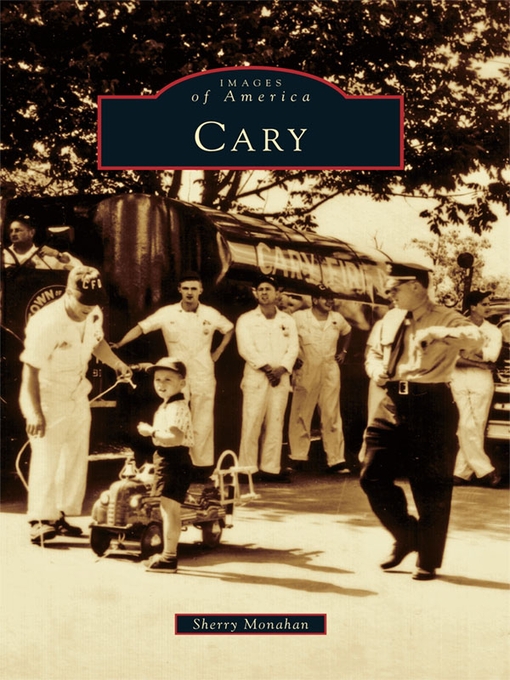While a few people called the area we know as Cary home in the 1700s, it was not until 1854 that signs of a village began to appear. The enterprising businessman Allison Francis "Frank" Page bought 300 acres on which he operated a sawmill and did some farming. The railroad soon reached Cary, and in 1868, Frank saw the opportunity to start a new venture and built a hotel, which served meals and provided accommodations to train passengers. Cary was incorporated in 1871. By 1880, there were nearly 300 residents, and by 1930, that number had tripled. The timber industry kept Cary alive, as well as cotton gins and other manufacturing businesses. Cary had a private boarding school by 1870, and in 1907, it became the first publicly funded school and attracted students from around the state. Doctors, lawyers, merchants, churches, and many other businesses sprang up. However, it was the creation of Research Triangle Park that caused Cary's explosive growth.
- Available now
- Just Added eBooks
- Always Available Classic eBooks
- New kids additions
- New teen additions
- Available Now eBooks for Adults
- Available Now eBooks For Teens
- Available Now eBooks for Kids
- Graphic Novel eBooks
- See all
- Available now
- Just Added Audiobooks
- New audiobooks for adults
- New kids additions
- New teen additions
- Always Available Audiobooks
- Available fiction audiobooks
- Did you hear whodunnit? - Mystery audiobooks
- Try something different
- See all
- More Magazines are here -- Check them out!
- Special Newsstand Issues
- Home & Gardening eMagzines
- Health & Fitness eMagazines
- Foodie eMagazines
- Business & Finance eMagazines
- News & Current Events eMagazines
- Lifestyle eMagazines
- Entertainment eMagazines
- Science & Technology eMagazines
- Gearhead eMagazines
- Women's Interest eMagazines
- Men's Interest eMagazines
- See all

